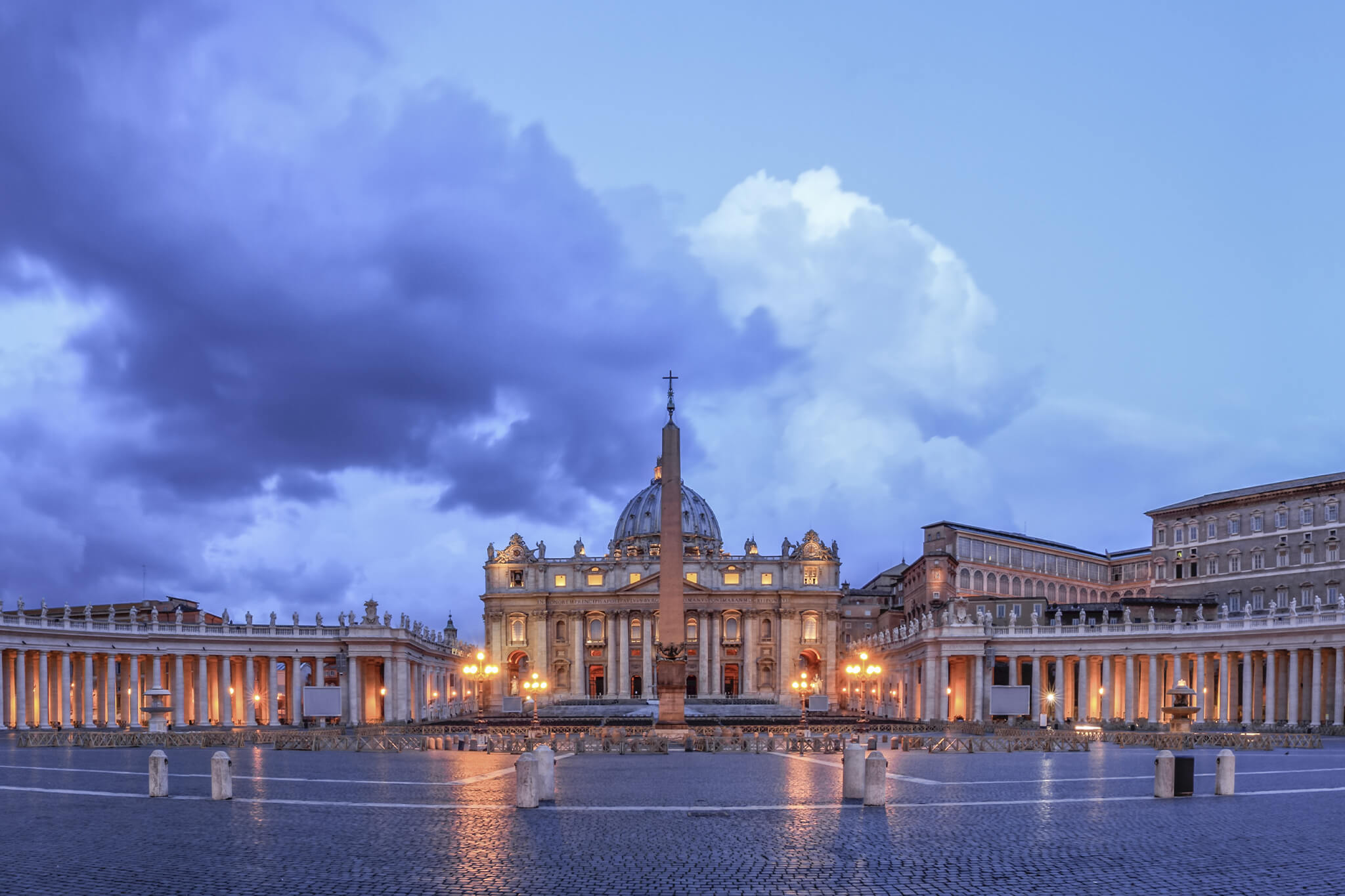Irreplaceable Art Conservation in Vatican City Using Lasers by Quanta System
—George Bernard Shaw
The country of Italy has a prolific history of invention and art. Some of history’s best-known figures, such as Leonardo Da Vinci, created practical and artistic masterpieces that were revolutionary and stood the test of time. Italy is recognized worldwide for its rich artistic history and artifacts, attracting millions of visitors annually.
But what does this have to do with the medical device industry?
A priceless cultural archive worth preserving
The Vatican has one of the world’s most prolific collections of artwork. In a small area of only 0.17 square miles (0.44 square kilometers), it’s a vast store of cultural wealth. However, artists do not necessarily create artworks such as paintings and sculptures with preservability in mind. Over time, important artworks can degrade as time takes its toll, causing tones to fade and a buildup of surface grime and deposits, among other issues.
In response, innovators have developed advanced technologies that help restore artworks to a degree never before possible in previous generations.
The fascinating technology behind art restoration lasers
Art restoration lasers have been developed and refined to remove several contaminants, such as oxidized or calcified deposits. Deposit removal via laser can apply to almost any artwork or surface (painted surfaces, stone, bronze, iron, etc.).
The magic of lasers is that they can clean works of art without any damage. This advanced cleaning is possible due to a combination of very short pulses and selective absorption of the laser beam. Like how Michaelangelo would have chiseled his way to a sculpture with each tap of his tools, art restoration technicians use very fast laser bursts with minimal energy to gradually remove unwanted coatings from important cultural treasures.
Put simply, if the grime absorbs most or all of the laser energy, but the artwork itself does not, then cleaning without damage is not only possible but practical.
Painting the ceiling in the Vatican—with an art restoration laser
An amazing example of art restoration using a laser is the well-known Pauline Chapel (adjacent to the Sistine Chapel) in Vatican City. Quanta System, an IML partner and leading global manufacturer of premium medical, industrial, and scientific lasers based in Italy, donated one of its systems in 2008 to restore many of Michelangelo’s masterpieces in the aforementioned chapel. The donation only occurred after years of trust-building between the manufacturer and the Vatican restoration team.
During the restoration of priceless frescoes at the Vatican, the art restoration team paid the utmost care and attention to avoid damaging the actual surface of the artwork. They avoided damage by using very precise settings in terms of pulse frequency and duration specific to each part of every work of art.
Specifically, the art conservation team used nanosecond-pulsed UV lasers to remove layers of damaged varnish from paintings and nanosecond-pulsed IR lasers to ablate encrustations of black deposits from marble.

Other examples of art restoration using lasers
IML: the exclusive US supplier of Quanta System lasers
IML is proud to partner with forward-thinking manufacturers such as Quanta System, whose technologies enable game-changing results across various scientific, medical, artistic, and industrial fields.
Art restoration is just one example of how Quanta System lasers deliver exceptional results. The company’s innovative lineup of medical lasers for the United States market is equally impressive. Their products are helping medical institutions in America improve their operations while ensuring positive patient outcomes.
IML supplies Quanta System lasers through our nationwide dealer network to U.S. medical institutions such as hospitals and clinics. Our network helps international manufacturers such as Quanta System access the U.S. market without developing a sales force from scratch.